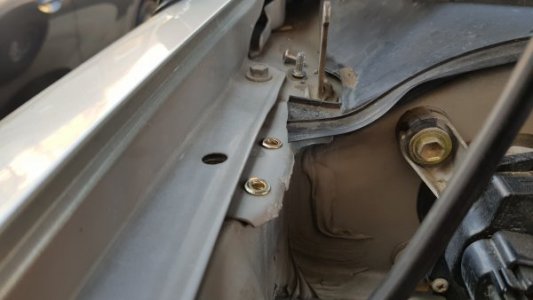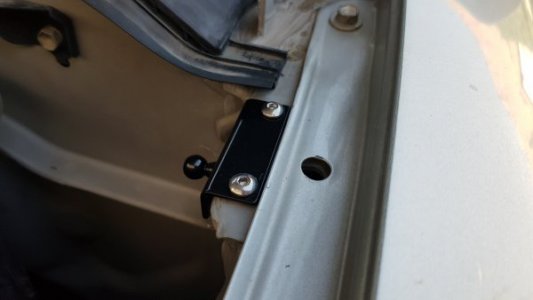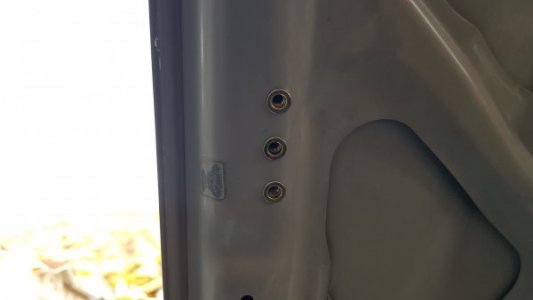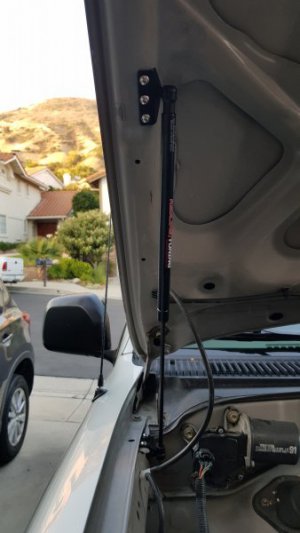I drilled some holes with a "K" drill on the edge of a 1" thick steel plate today. These were to be tapped for a 5/16-18 thread. Problem was that the plate was 1' wide X 2' long and I couldn't fit it comfortably on the drill press or the mill so I had to hand drill these holes. I stood the plate on edge, clamped it to a sturdy wooden shop stool and spotted and drilled a pilot hole. Ordinarily, you do not need to chamfer the pilot hole; you can just follow up with the main drill. BUT when using a hand held drill the bit can tip in an unpredictable fashion and both flutes of the drill may not bite evenly. This produces a stuck drill and two relatively huge chips sticking into the middle of your stupid hole!
Now, you can break those chips off but the drill will be damaged when it jams again. Or you can break the chips off and use a carbide burr to grind the area down so the drill has a chance to go in clean, which it usually doesn't do; it just jams and raises two new burrs! How do I know these events will happen? Yeah, I admit it. I tried it and failed. I've been drilling holes for most of my life and have had this happen only a few times but as I am a member of this forum and have been known to embarrass myself here, I thought I would share the fix.
I took a Uni-bit, the kind with the multiple steps, and simply drilled down past the chipped area. This eliminated the surface defects and made a nice new chamfer for my drill bit to start on and the drill went right in. Twice. Yeah, I messed up two holes and the Uni-bit saved my bacon. It worked so well that I was surprised, both at how well it worked and at how I never thought of using a Uni-bit for this before.
I suspect jamming a drill like this is something that mostly happens when using a hand-held drill but if it happens to you, remember the Uni-bit!
Now, you can break those chips off but the drill will be damaged when it jams again. Or you can break the chips off and use a carbide burr to grind the area down so the drill has a chance to go in clean, which it usually doesn't do; it just jams and raises two new burrs! How do I know these events will happen? Yeah, I admit it. I tried it and failed. I've been drilling holes for most of my life and have had this happen only a few times but as I am a member of this forum and have been known to embarrass myself here, I thought I would share the fix.
I took a Uni-bit, the kind with the multiple steps, and simply drilled down past the chipped area. This eliminated the surface defects and made a nice new chamfer for my drill bit to start on and the drill went right in. Twice. Yeah, I messed up two holes and the Uni-bit saved my bacon. It worked so well that I was surprised, both at how well it worked and at how I never thought of using a Uni-bit for this before.
I suspect jamming a drill like this is something that mostly happens when using a hand-held drill but if it happens to you, remember the Uni-bit!






